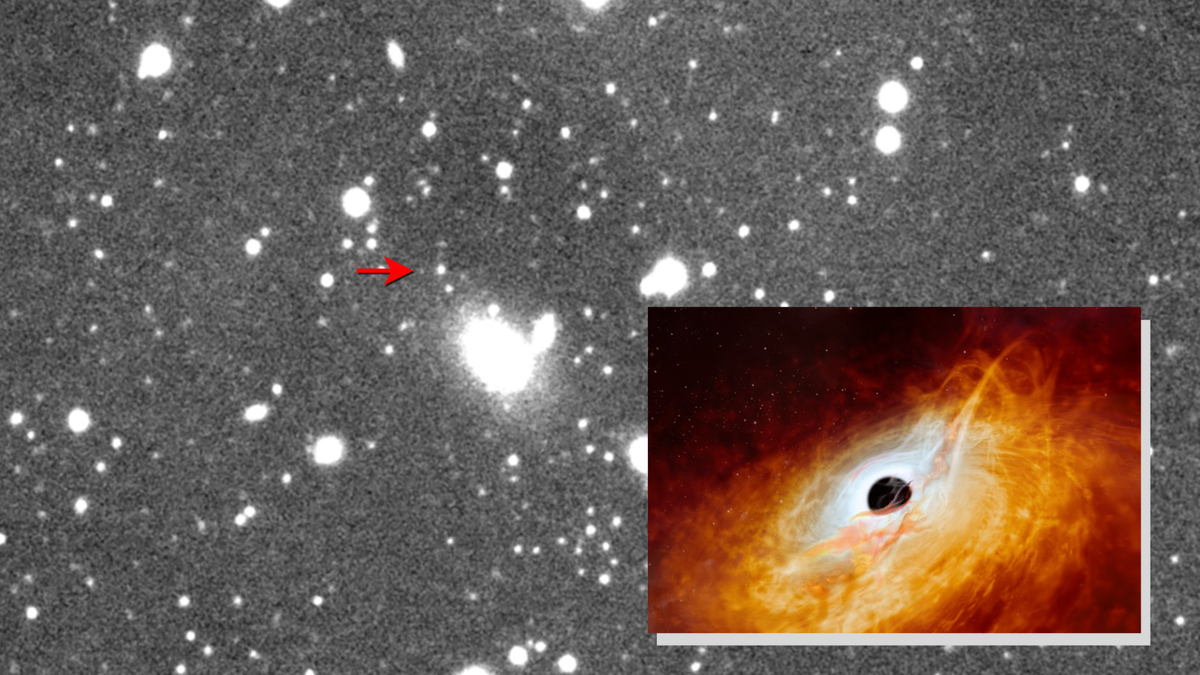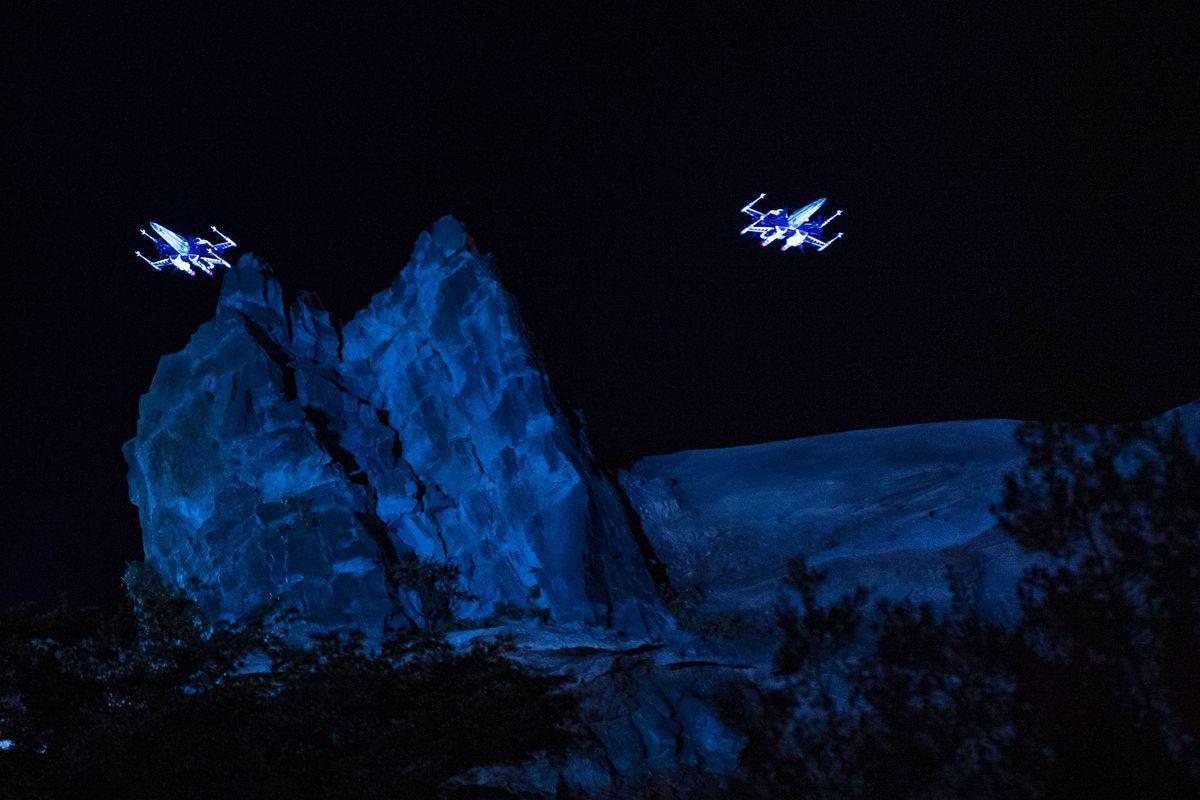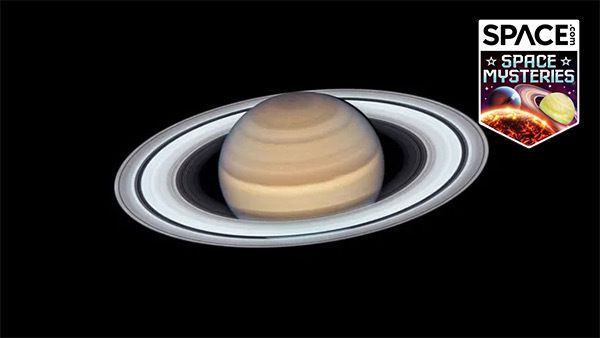Record-breaking Observation of a Black Hole-powered Quasar
A remarkable discovery has been made by astronomers who have successfully imaged a feeding black hole-powered quasar located at the outermost edge of the universe. This quasar, known as SDSS J114816.64+525150.3, is fueled by a supermassive black hole that is over 3 billion times the mass of our sun and is situated in the direction of the Ursa Major constellation. The groundbreaking imagery of this celestial phenomenon was captured by the Virtual Telescope Project in Italy utilizing its sophisticated 356 mm (14-inch) aperture robotic unit.
This extraordinary achievement has set a new milestone in astronomical observations as never before has a telescope with a 350mm aperture managed to peer so deeply into the cosmos. The light emanating from SDSS J114816.64+525150.3, which reaches Earth today, embarked on its cosmic journey nearly 12.9 billion years ago when the universe was still in its infancy, at less than 900 million years old, in contrast to its current estimated age of 13.8 billion years.
Significance of SDSS J114816.64+525150.3
SDSS J114816.64+525150.3 is recognized as the most distant visible celestial entity in the northern sky that is observable in visible light, marking a remarkable milestone in astronomical research. Upon its discovery, this quasar held the title of being the most remote celestial object ever detected. However, over the past two decades, astronomers have unveiled 8 additional quasars located even further away. Notably, P172+18 remains the most distant quasar ever identified, positioned at a staggering distance of 13.02 billion light-years, allowing us to witness it as it existed when the universe was a mere 780 million years old.
It is worth noting that while P172+18 and other quasars at greater distances were initially detected in radio light and subsequently in ultraviolet to near-infrared wavelengths, all of which are invisible to the human eye, SDSS J114816.64+525150.3 has been observed in the visible light spectrum that our eyes are adapted to perceive.
The Brightness and Origins of Quasars
Quasars are renowned for being among the most luminous entities in the universe, with their brilliance stemming from the supermassive black holes entrenched within them. These colossal black holes, possessing masses ranging from millions to billions of times that of our sun, voraciously consume matter from their surrounding accretion disks, generating immense gravitational forces that heat up the material to extreme temperatures, resulting in bright emissions across the electromagnetic spectrum.
Additionally, the matter that escapes being devoured by these cosmic behemoths is funneled towards their polar regions by robust magnetic fields, eventually unleashing powerful jets traveling at near-light speeds along with intense electromagnetic emissions. As a consequence, these regions, known as active galactic nuclei (AGNs), outshine the combined radiance of all the stars in their host galaxies.
Despite their astronomical brightness, quasars located billions of light-years away pose a formidable challenge for observation due to their immense distances. For example, while SDSS J114816.64+525150.3 shines brightly in the night sky, the north star Polaris remains a billion times more luminous when viewed from Earth.
Challenges in Observing Distant Objects
Observing celestial objects situated at such immense distances presents significant obstacles, primarily due to the phenomenon of redshift. As light traverses the vast expanses of the universe, it undergoes redshifting, causing it to shift towards the infrared region of the electromagnetic spectrum. The farther light travels, the more pronounced this redshift effect becomes.
Gianluca Masi, the founder of the Virtual Telescope Project, elucidated on this cosmic effect, attributing it to the expansion of the universe. He highlighted that the light from the quasar SDSS J114816.64+525150.3 experiences an extreme redshift, with the majority of its emissions now lying in the infrared spectrum, making it visible only in infrared light. This unparalleled discovery underscores the critical role of the Virtual Telescope Project and its state-of-the-art telescopic facilities in unraveling the mysteries of the cosmos.
The groundbreaking observation of SDSS J114816.64+525150.3 stands as a testament to the technological prowess and scientific ingenuity of the Virtual Telescope Project. By capturing images of distant celestial phenomena, including comets, supernovas, eclipses, and meteor showers, this project has brought the wonders of the universe closer to millions of individuals worldwide. Undoubtedly, the identification of SDSS J114816.64+525150.3 represents a crowning achievement for the Virtual Telescope Project, immortalizing the most remote celestial body visible in the northern sky in visible light at the furthest reaches of the universe.
Image/Photo credit: source url





